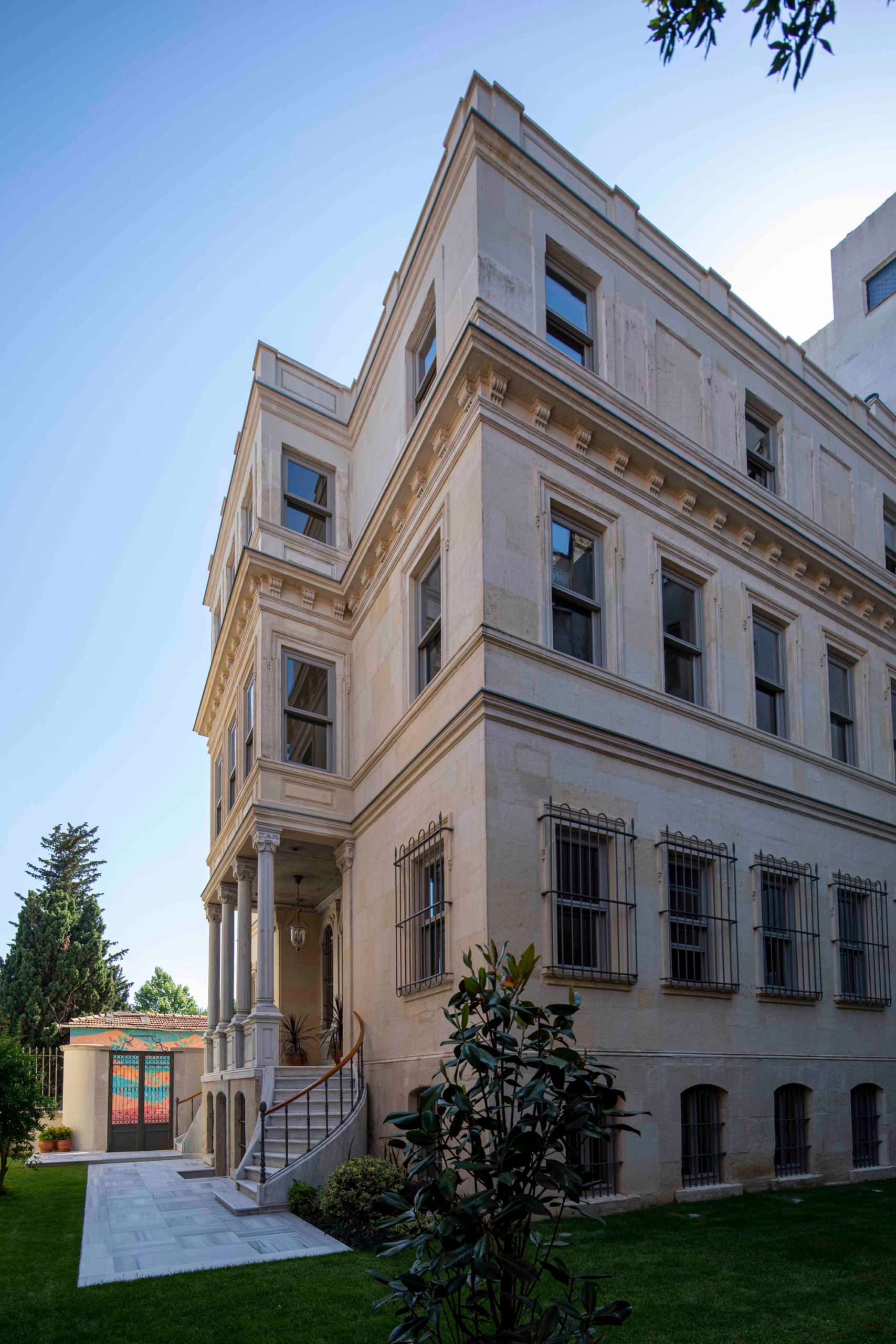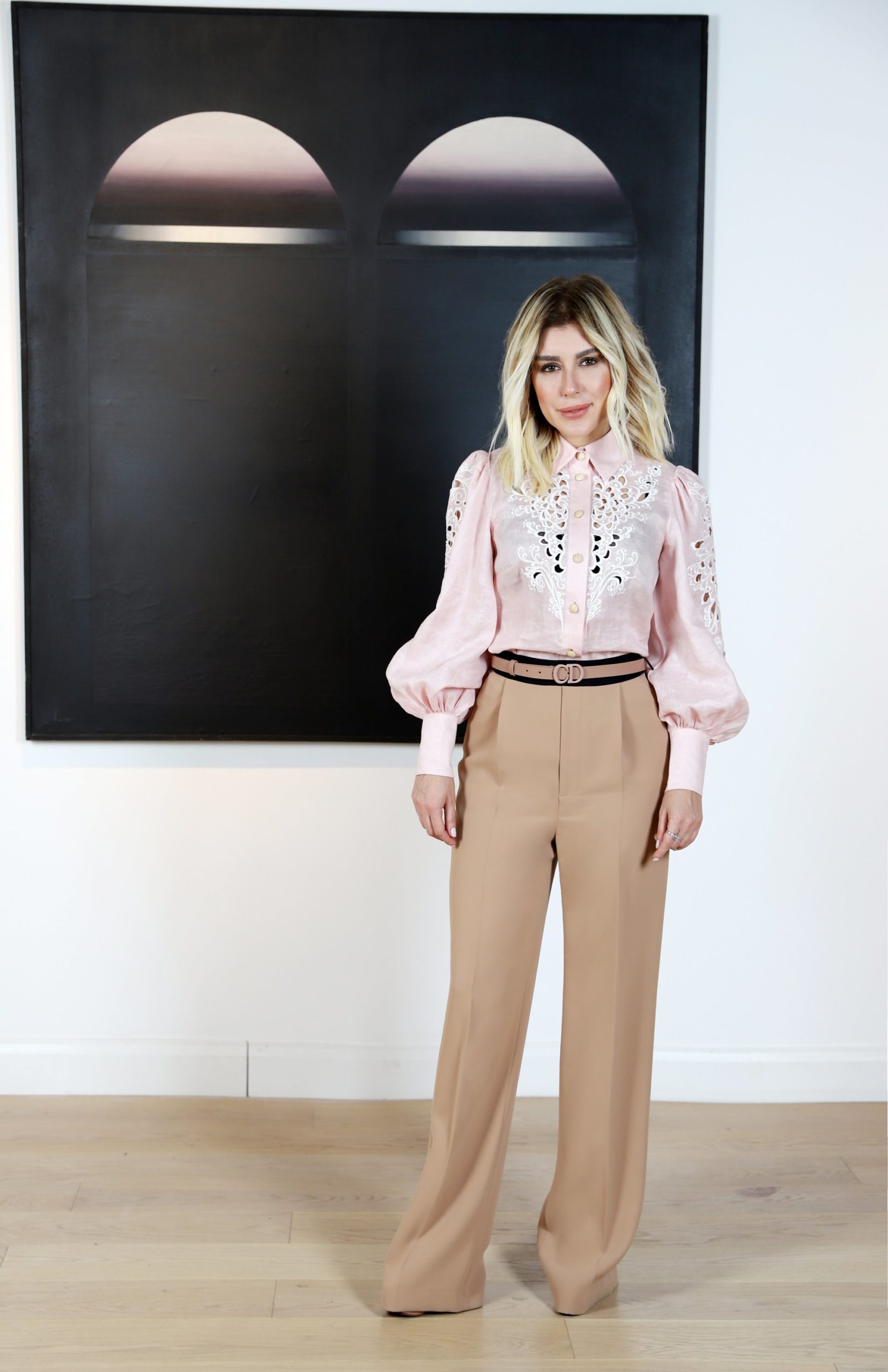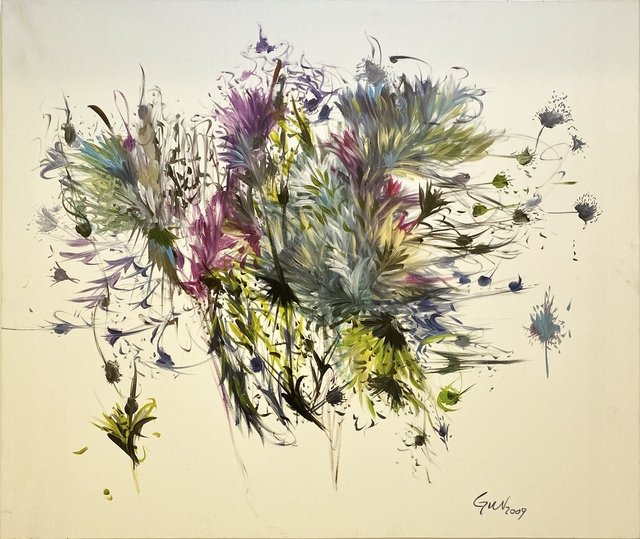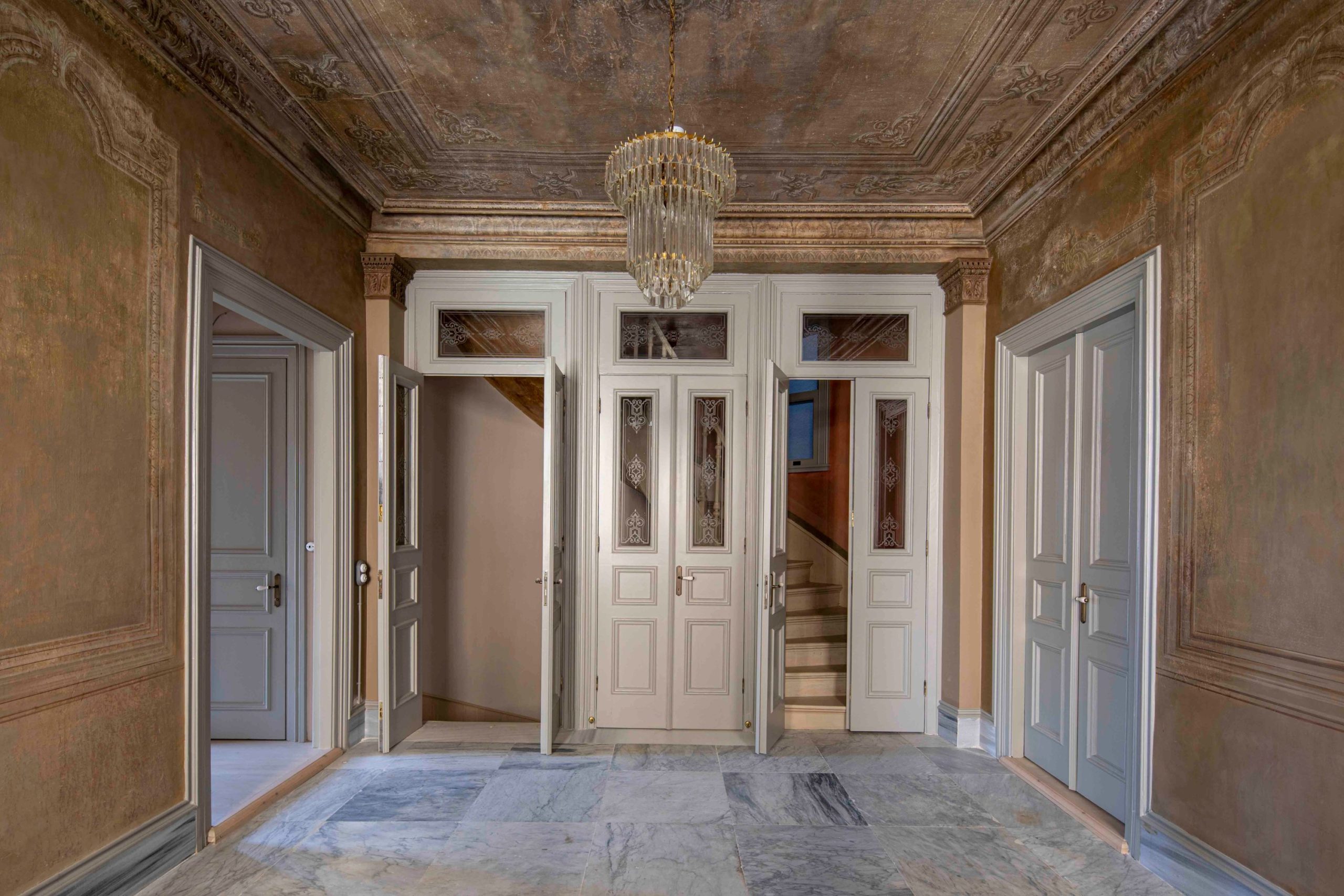The world is witnessing a pandemic on a scale never before seen. COVID-19 is a disease that swiftly put us under siege, compelling us to completely rethink the way we live our lives. Before we could even grasp what was happening, all the daily activities around which we used to mold our lives had been completely transformed.
Naturally, these changes and transformations have also reshaped our habits in terms of the way we consume culture. For instance, much has been made of the attempt to shift the organic ties that bind artworks, artists, their audience, exhibition venues and the press onto digital platforms, leading to a reimagining of our relationship with arts and culture within the bounds of the online world.
But how has contemporary art been affected by the pandemic given that museums and galleries were among the first places to be closed down, marking a sudden end to exhibitions across the world? What will be the future of art in a post-pandemic world? We posed these questions and more to Sevil Dolmacı, the founder and chief consultant of the Sevil Dolmacı Art Consulting Company in Istanbul.

Dolmacı states that the recent isolation period has hit the art industry the most, as the sector is based on social mobility. “The cancellation of exhibitions one after the other, as well as the closure of art institutions such as museums and galleries, has been a cause of concern in the art industry, both in the material and spiritual sense, pushing galleries, museums and fairs to become more active on digital platforms.”
Recently, the world has witnessed a flurry of live broadcasts via Instagram, as well as 3D virtual exhibitions and tours – all of which are aimed at keeping us in touch with our audience and collectors. According to Dolmacı, the art world has now realized the importance of digital infrastructure.
Moving to the digital environment was a quick way to stay connected with art. “But it caused prices to decline,” Dolmacı stressed, adding: “For the younger generation of artists who are struggling to survive, the conditions have become increasingly difficult.” She implied that the art world in Turkey has had to organize to raise funds in support of young artists, especially those at the bottom of the ladder. She continued by saying, “Some artists who have been institutionalized in the Turkish market have put their works up for sale and donated their revenues to those who needed support.”
Dolmacı thinks that online auctions can be arranged especially for young artists in the later period. “A two to three-day pop-up sale, that is, a junior fair, can be held in a cost-free space with the support of an institution ensuring that all revenues made will be transferred to the artists.”
Noting that art sales had hit their lowest level in the COVID-19 period, she stressed: “Digital platforms will undoubtedly be a Band-Aid solution, especially for works of art that have left a mark on art history and are difficult to access due to financial challenges.”
The growing presence of art online is not the only shift that has been experienced, however. Dolmacı also highlighted that the local market has been severed from the international scene due to the cessation of flights, causing the local market to gain added dynamism.

The gallerist said they had temporarily closed both their office and exhibition space as part of the measures taken against the coronavirus in Turkey. “We accept visitors by appointment at the moment.” Like other art institutions, the Sevil Dolmacı Art Gallery canceled physical exhibitions scheduled for April and May and opened them up digitally at artsy.net. “We are a gallery that actively uses Instagram and social media accounts. In this process, our viewers and customers have been able to see works on digital platforms and contact us. Tuesdays and Thursdays’ live shows with young artists have also attracted a lot of attention,” Dolmacı said. Plus, the gallery has managed to turn the pandemic crisis into an opportunity, moving its space to the Villa İbranosyan, a new gallery venue in the Abbasağa neighborhood of Beşiktaş district.
Art’s new norms
Dolmacı asserted that the way that given the world’s cultural, political and economic foundations are undergoing a massive shift, the art scene will similarly see much change, explaining: “China, Hong Kong, Singapore, Taiwan, Japan, Korea and Southeast Asia have experienced a V-shape (short-term crisis and rapid recovery) economic downturn due to two-month quarantines during the present global crisis. The boom of sales after quarantine is the most important data supporting this argument. These countries have entered a recovery process and are taking a new pioneering and powerful position. Europe and the U.S., on the other hand, are still in a dramatic struggle with the pandemic. It seems that the balance of power will change in the art industry as well.”

According to her, the Far East has held a strong position in art since the early 2000s and is about to take a leading position. As a result of the virus, the U.S. and Europe, formerly considered the centers of culture with much say in the world of art, will be far from this position – for at least a while.
In line with Dolmacı’s sentiments, this short but unpredictable COVID-19 crisis has eliminated many weak links both on the gallerist and artist basis. Those who could survive have grown stronger and will continue to grow stronger. “It has been realized that digital innovations are now an area that has to be considered on the part of artist, gallerist and auctioneer.”
Nevertheless, she thinks physical spaces definitely won’t drop in value. As she explains: “This is because the most important distinguishing feature in this environment is as a provider of confidence and references. What has ensured this in both high-budget works and in young/accessible works is the physical space and customer references.”

Dolmacı explains that art could look forward to a serious rise unless the second wave breaks out next season. “This is not only my opinion but also the opinion of many gallerists in the U.S. That is why we continue to implement our plans unabated. For her, summer months will invigorate art enthusiasts with the end of the quarantine period. “I expect it to be the most dynamic summer of recent years, so we will open a private collection exhibition around the second week of June, where works by Turkish and foreign artists will be featured and where you can see works worthy of museums.”
According to Dolmacı, the balance of power in the art world looks likely to change; digital innovations will increase, while alternative but more boutique exhibitors will gain in importance. Professionals, especially those exhibiting and selling high-budget works, will develop exhibiting and presentation strategies that target small groups, rather than audiences. The world will come up with increasingly innovative strategies and solutions to all activities in the name of socialization in the new normalization period. Since art exists together with the aura of the work, she thinks that solutions in this sector will lead to the discovery and development of new exhibition and gallery systems. “We are in pursuit of such projects, and we will wait and see, or create”











Discussion about this post